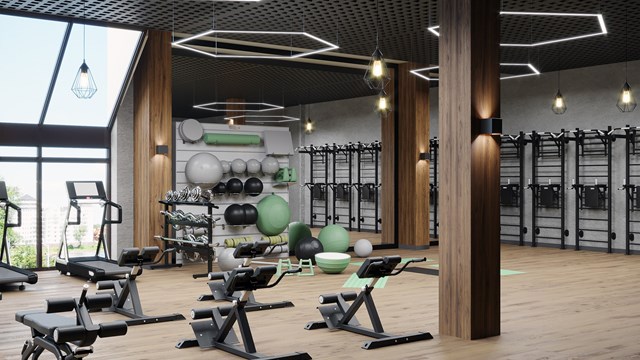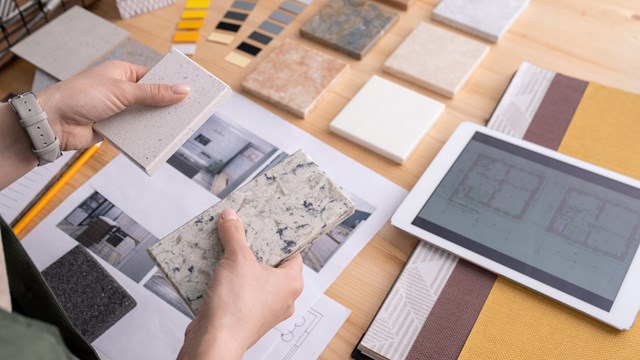
Q. My condo board notified us that we will be subjected to a maintenance increase for this year after a five-year assessment. What if, say, an owner has several combined units and utilizes the common hallway for personal us? Will the hallway also fall under this upcoming maintenance hike?
—Condo Owner Needing Clarification
A. “The issue you raise is whether this common hallway space—now apparently being used exclusively by one unit owner—is also subject to the maintenance increase,” says Edward Shanley, a partner at the law firm of Coogan Smith, LLP, based in Attleboro, Massachusetts.
“Preliminary questions I have are whether the unit owner ever received permission from the condominium board to exclusively use the hallway space and whether the special assessment and maintenance fee increase are presently correctly assessed to all unit owners. To the extent that the special assessment and maintenance fee increases are correctly assessed to all unit owners, including the unit owner with the combined units, assignment of a greater portion of common area charges would not be lawful. On the other hand, if it has not been correctly assessed, there are legal mechanisms to address the situation.
“Generally speaking, a unit owner has no right to exclusively occupy any common area. Condominium boards can seek injunctive relief from a court to order the termination of an intrusion by a unit owner into common area if necessary. A court could also require that the beneficial interest of each unit owner in the common area be recalculated to reflect any proportionate change in the value of units due to the unit expansion. This recalculation would change the amount of a unit owner’s common expense charges.
“There are other ways to resolve the issue without the need and cost of litigation. In Massachusetts, where I practice, legislation has been enacted which provides for the creation and designation of so-called “limited common areas” and also the granting and accepting of easements by condominium boards and unit owners. Limited common areas can be either set forth in a master deed (likely not your scenario) or granted by a board. In order for a board to lawfully create limited common areas or grant easements for use of common area to a particular unit owner, the approval of certain affected unit owners and, in some cases, mortgagees, must be obtained in advance. Massachusetts law also provides that the granting of such rights to use common area may not be made upon terms deemed appropriate by the board. This means that, at least under Massachusetts law, and assuming the lawful creation of a limited common area or granting of an easement, the board could charge this particular unit owner a reasonable fee for the use of the hallway. This fee would be distinct from an assessment, which is typically based on a percentage of the entire budget.
“In short, the space incorporated by the unit owner should either be made subject to the maintenance increase or a separate reasonable charge by the board as a condition of allowing the unit owner use of the space.”






Leave a Comment